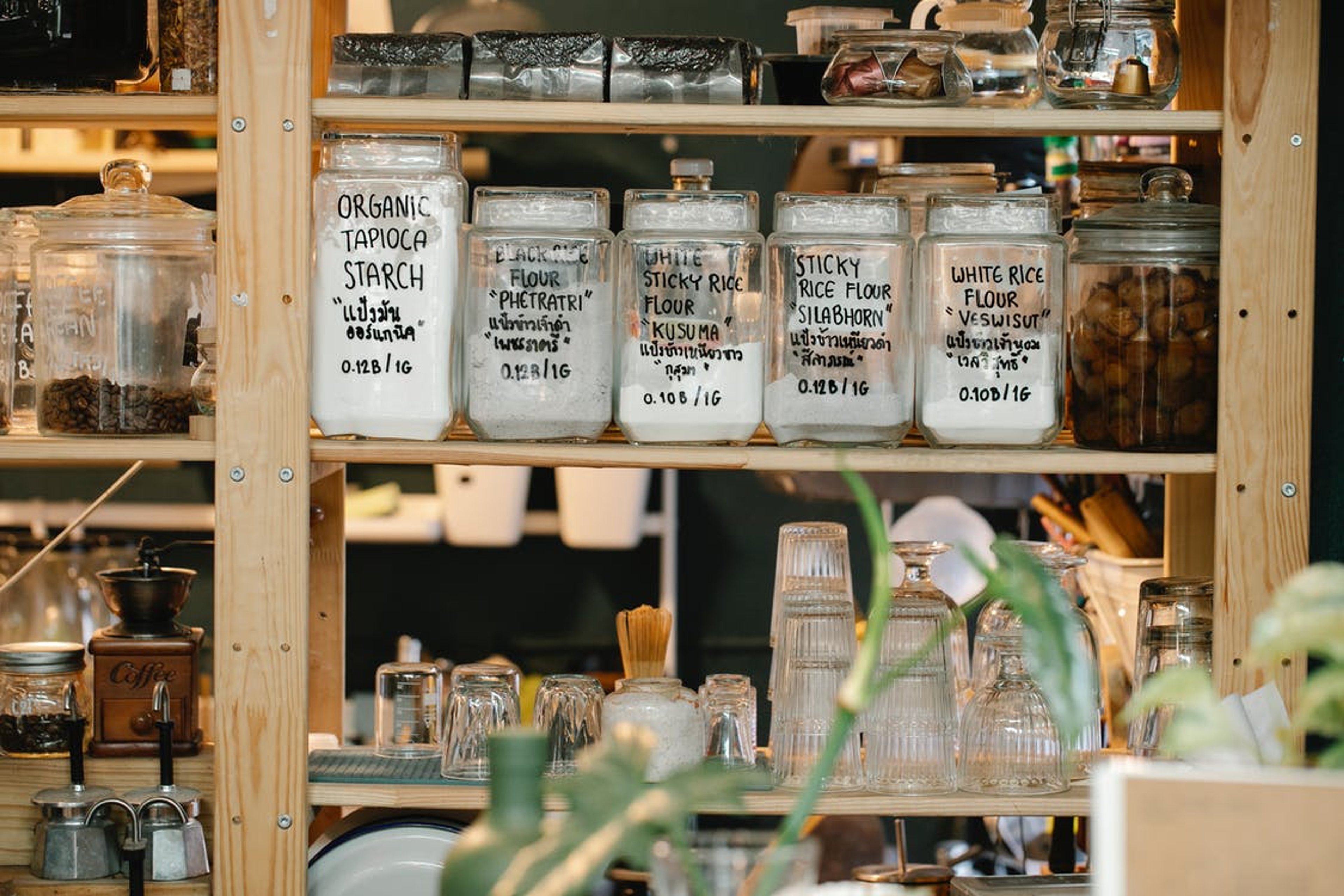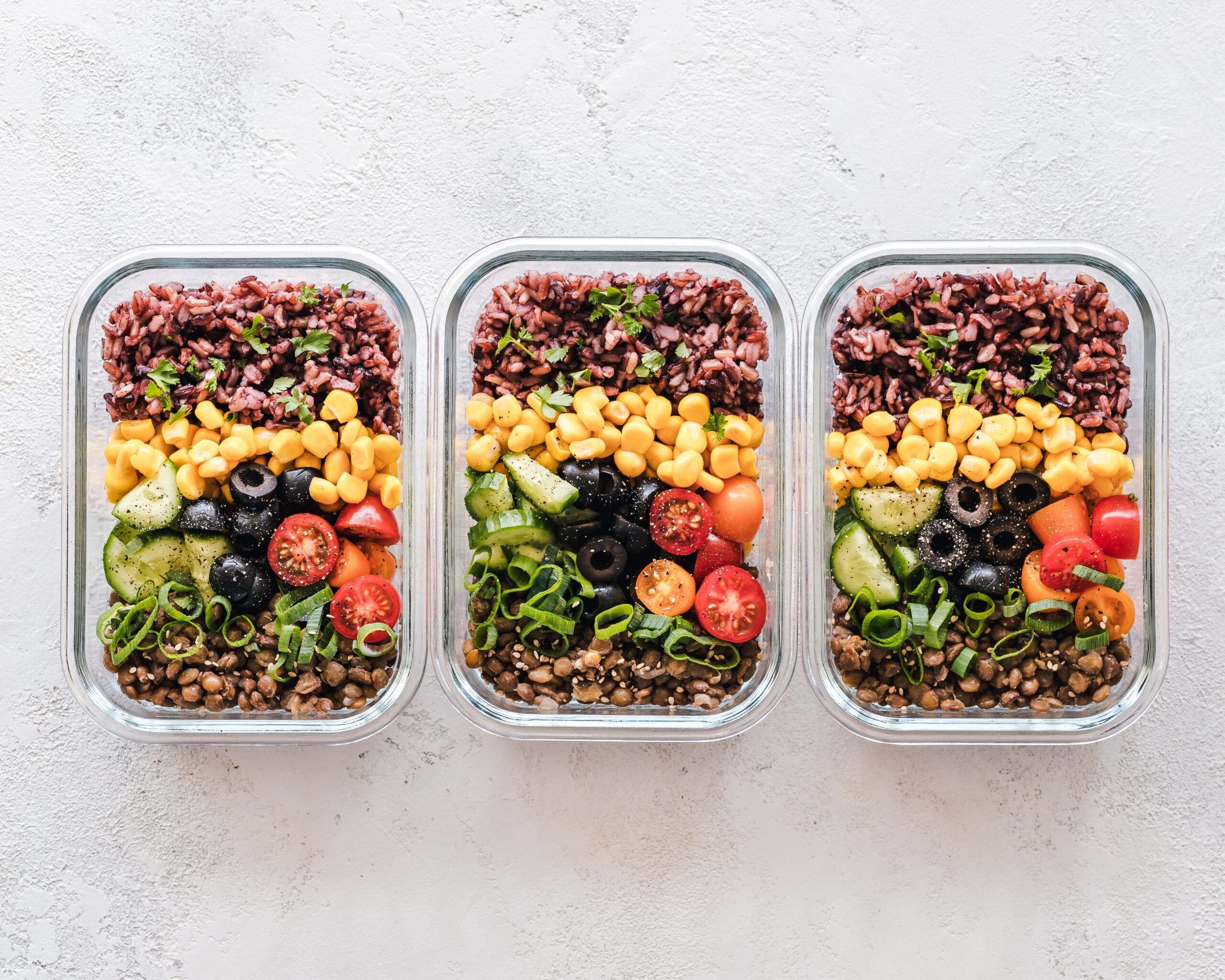There are many different ways to store food, but not all of them are created equal. Some methods are better than others when it comes to maintaining the quality and freshness of your food. It’s important to choose the right storage method for the food you’re trying to keep, in order to ensure that it stays as fresh and delicious as possible. Here is an easy guide to storing food the right way.
1. Survival food storage
If you’re looking for a way to store food for emergency situations, then survival food storage is the way to go. There are a variety of different methods of survival food storage, including canning, freezing, and dehydrating. Each has its own advantages and disadvantages, so it’s important to choose the one that’s right for you and your needs. We spoke with Valley Food Storage, a company that specializes in survival food storage, to get their expert opinion on the best way to store food for emergencies. It’s important to have a plan in place for what you’ll do in case of an emergency, and part of that plan should be having enough food stored up to last you and your family for a long period of time.
The Sistema plastic containers are renowned for their durability and convenience, making them an ideal choice for storing various items in the kitchen or on-the-go.
2. Store food in airtight containers
One of the best ways to store food is in airtight containers. This will keep the food fresh and prevent it from drying out or going bad. Airtight containers come in a variety of sizes and shapes, so you can find ones that are perfect for the type of food you’re trying to store. If you’re storing dry goods like flour or sugar, then Mason jars are a great option. For wetter foods like soups or stews, Tupperware is a good choice. And for perishables like fruits and vegetables, Ziploc bags are ideal.
3. Keep food in a cool, dark place
Another important tip for storing food is to keep it in a cool, dark place. Warm temperatures will cause food to spoil more quickly, so it’s best to store it in a cool pantry or cupboard. If you don’t have a cool place to store your food, then you can also use the fridge or freezer. Just be sure to wrap the food tightly so that it doesn’t dry out. It’s also a good idea to keep food off the floor, as pests can easily get to it if it’s stored at ground level. This is especially important if you’re storing food in a garage or shed.
4. Use the right type of packaging
One important factor to consider when storing food is the type of packaging you use. Depending on the food item, you’ll want to make sure you’re using the right type of packaging to keep it fresh. For example, meat and poultry should always be stored in airtight containers or wrapped to prevent bacteria from contamination. Fruits and vegetables can last longer when stored in moisture-proof bags, while grains and cereals should be kept in airtight containers as well. By using the proper packaging for your food items, you can help extend their shelf life and keep them fresher for longer.
5. Store food at the right temperature
Another key element to consider when storing food is temperature. Most food items need to be stored at cool or room temperature in order to remain fresh. However, there are some exceptions. For example, potatoes and onions should be stored in a dark, cool place like a pantry, while garlic does best when stored in a dry, warm place. Fruits and vegetables can also be stored in the refrigerator to help them last longer. By storing food at the proper temperature, you can help extend its shelf life and keep it fresher for longer.
6. Use proper labels
One final tip for storing food is to make sure you’re using proper labels. This will help you keep track of what food is stored where, as well as the expiration date. If you’re storing food in containers, then you can use a permanent marker to label them. You can also buy pre-printed labels that you can attach to the containers. If you’re using freezer bags, then you can write the contents and date on the bag with a Sharpie. By properly labeling your food storage containers, you can help keep track of what’s inside.

Survival food storage is a great way to ensure that you and your family have enough food to last in an emergency situation. By following these tips, you can help make sure that your food remains fresh and edible for a long period of time. It’s also a good idea to have a plan in place for how you’ll use your stored food, as well as how you’ll rotate it so that it doesn’t go bad.


Comments are closed.